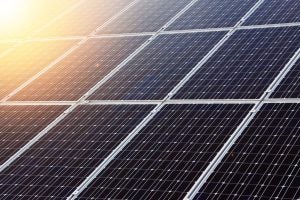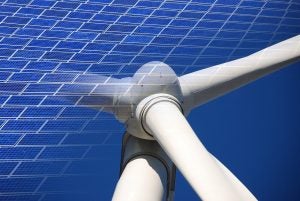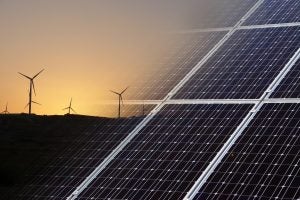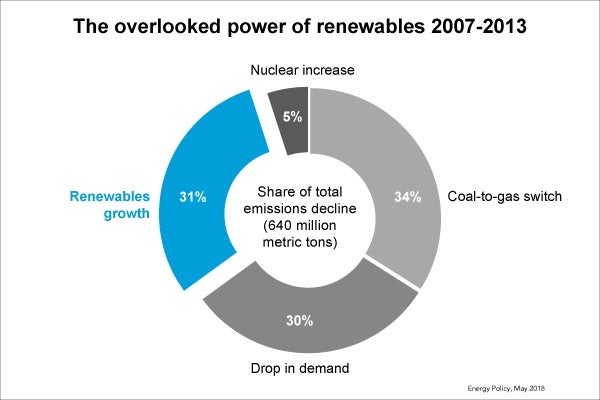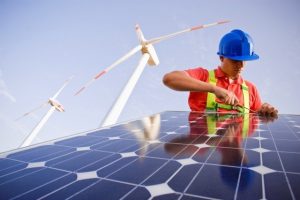 It’s summertime in California, and one thing that means is lots of sunshine. Lucky for us, the Golden State is a national leader in turning that sunshine, and other renewable resources, into electricity to power homes and business across the state.
It’s summertime in California, and one thing that means is lots of sunshine. Lucky for us, the Golden State is a national leader in turning that sunshine, and other renewable resources, into electricity to power homes and business across the state.
Currently, the state is working to produce 50 percent of its electricity from clean energy resources like solar and wind and is closing in on that goal. Next month, lawmakers will get the chance to advance that goal even further – to 100 percent by 2045.
SB 100, authored by Sen. Kevin de León, is the bill that, if passed, could solidify the new, bigger, bolder target. California would be the second state in the nation to pass this high of a target – only behind Hawaii. A handful of other states are considering aiming at 100 percent clean energy, including Massachusetts, New York, Oregon, Washington, and Pennsylvania.
California’s leadership could help tip the scale. California has the opportunity to show the rest of these states and countries across the world that 100 percent clean energy is possible. With climate change already affecting us, we don’t have much more time to waste. Read More
